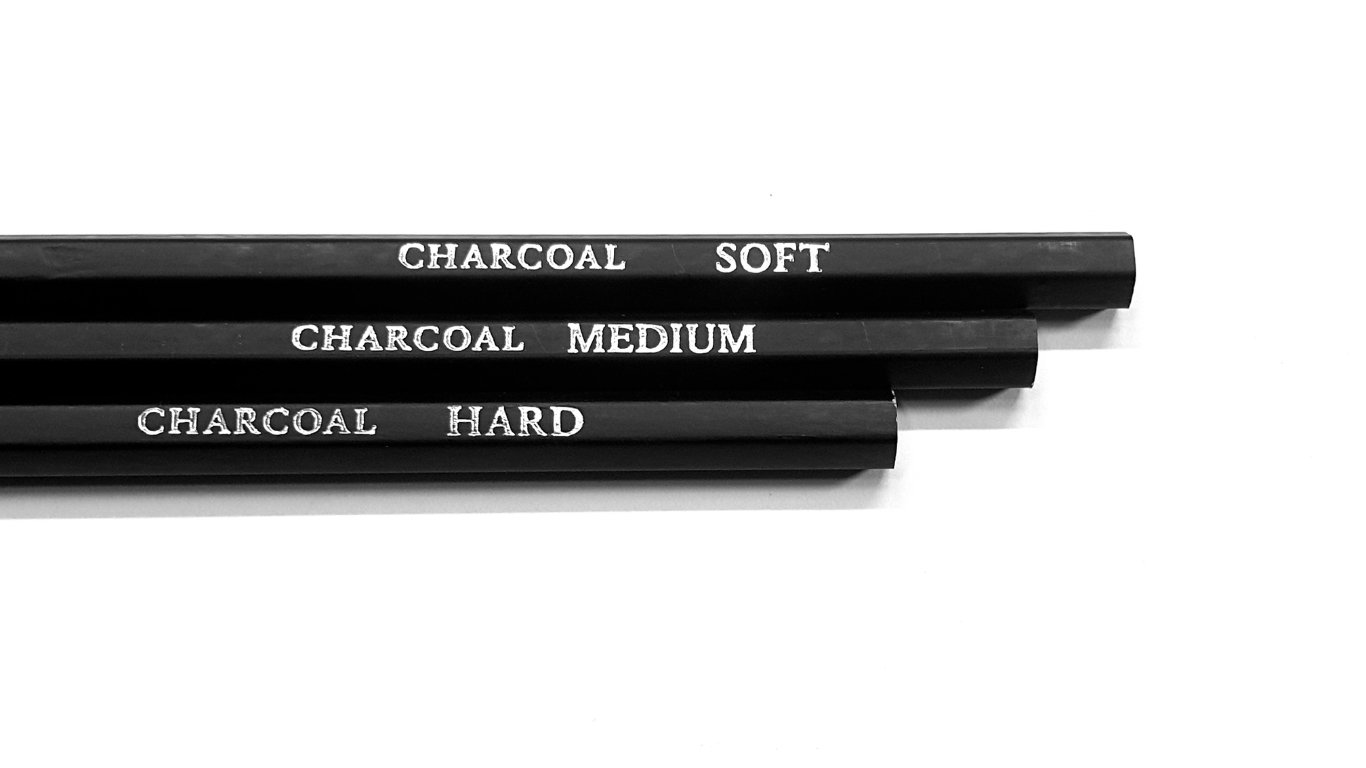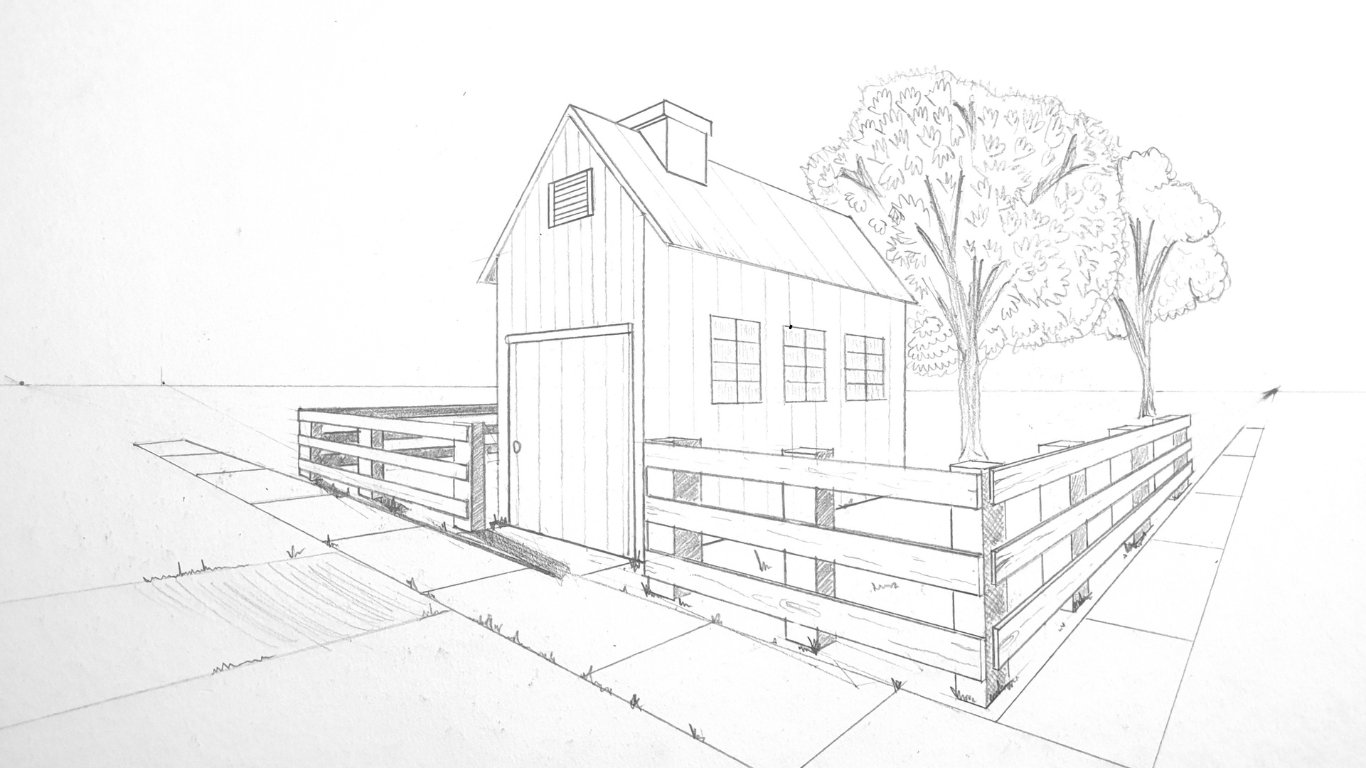Three-Point Perspective: A Comprehensive Guide

From AI integration to cross-platform fluency—discover the must-have technical and soft skills for today’s most in-demand dev roles.

by Abhishek
Perspective is a crucial aspect of drawing that adds depth and realism to artwork. While one-point and two-point perspectives are commonly used, three-point perspective provides an even more dynamic and dramatic effect. This guide will help you understand and apply three-point perspective in your drawings.
What is Three-Point Perspective?
Three-point perspective involves three vanishing points. Unlike one-point and two-point perspectives, this method captures the depth, height, and width of an object, creating a more immersive and dramatic view. It’s often used to depict towering structures, vast cityscapes, or views from extreme angles, such as looking up at a skyscraper or down from a tall building.
Key Features:
- Three Vanishing Points: Two on the horizon and one either above (for a bird’s eye view) or below (for a worm’s eye view) the horizon.
- Vertical Lines Converge: Unlike in one or two-point perspective, vertical lines also converge to the third vanishing point, giving a sense of height or depth.
Understand the Vanishing Points
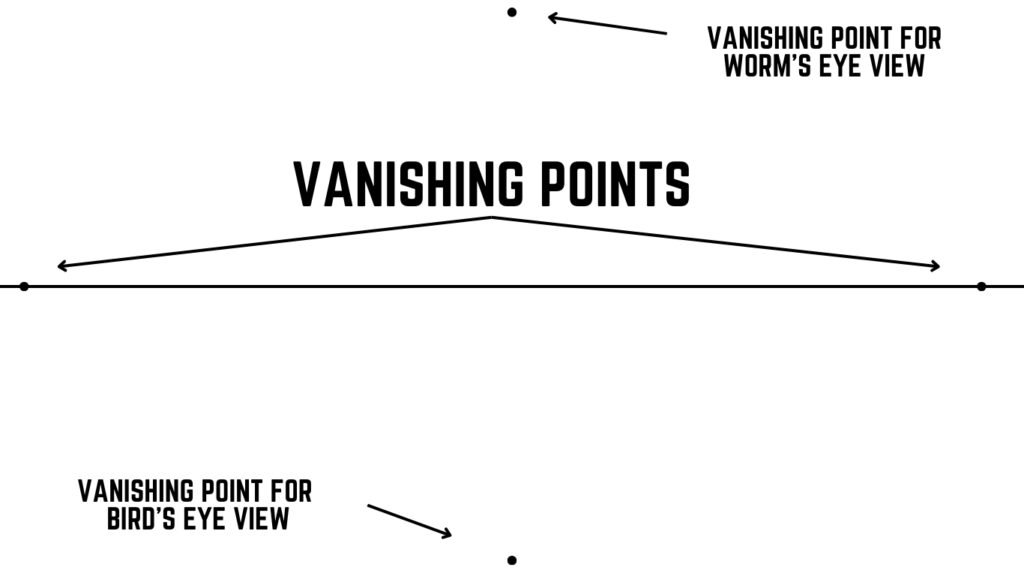
- Horizontal Vanishing Points: These are placed on the horizon line, similar to two-point perspective, guiding the depth and width of the object.
- Vertical Vanishing Point: This point is positioned above or below the horizon line, depending on the viewer’s perspective. It controls the height of the objects.
Application:
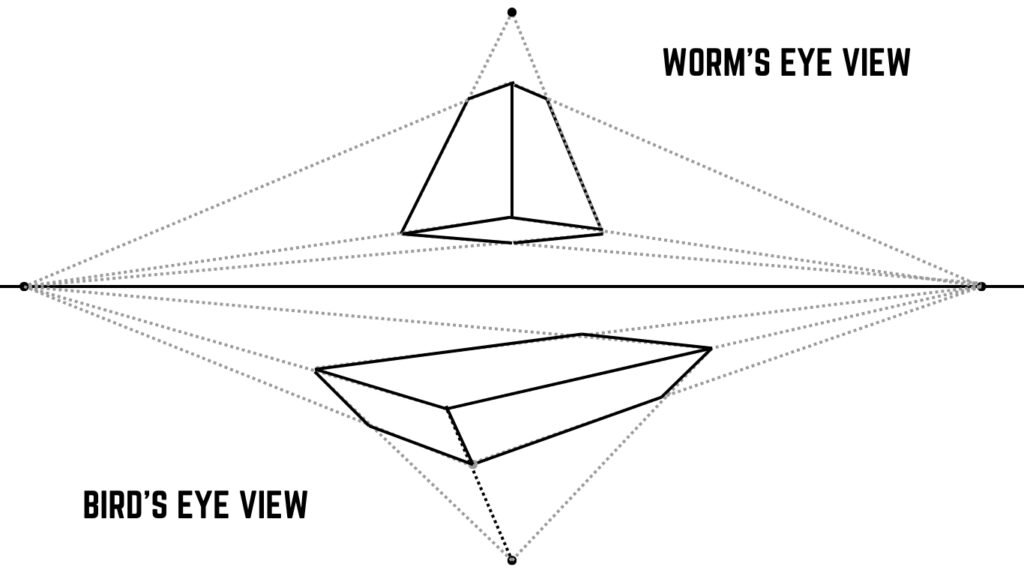
- Worm’s Eye View: Place the third vanishing point high above the horizon to simulate looking up.
- Bird’s Eye View: Position the third vanishing point below the horizon to mimic looking down.
Drawing in Three-Point Perspective?
Here’s a step-by-step approach to mastering three-point perspective:
Step 1: Draw the Horizon Line
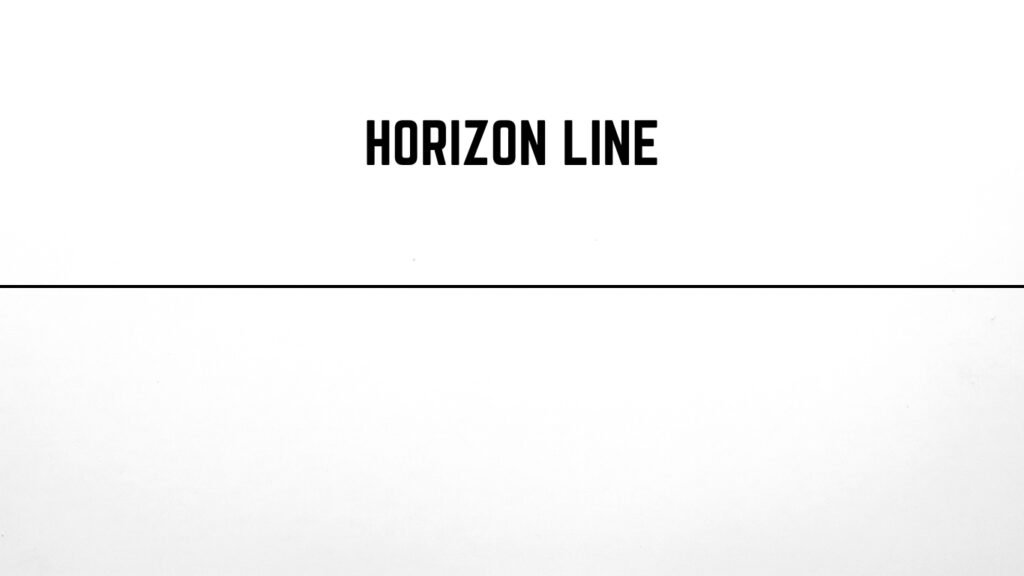
- Begin by drawing a straight horizontal line across your paper. This line represents the viewer’s eye level and is the anchor for your vanishing points.
Step 2: Set Your Vanishing Points
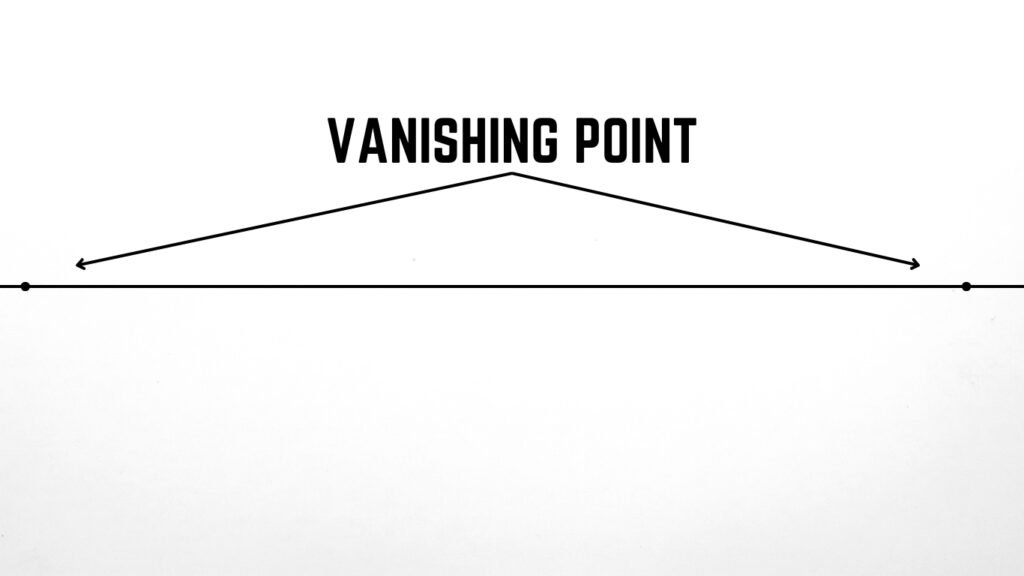
- Place two vanishing points on the horizon line, at opposite ends of your drawing space.
- Decide whether you’re depicting a worm’s eye or bird’s eye view, and position the third vanishing point accordingly (above or below the horizon line).
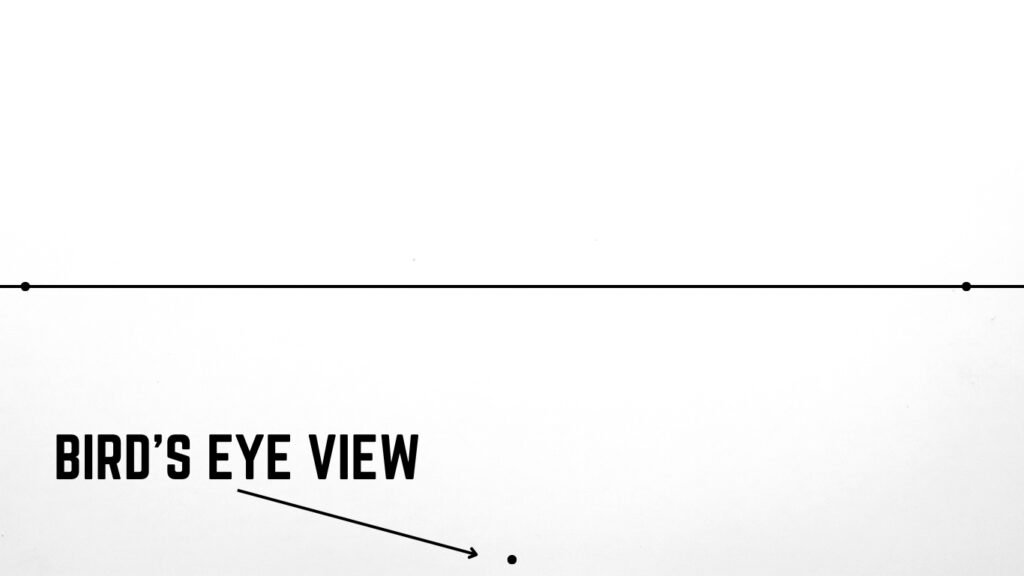
Step 3: Sketch Basic Shapes
- Draw simple shapes like cubes to practice. Extend lines from the corners of these shapes to the appropriate vanishing points.
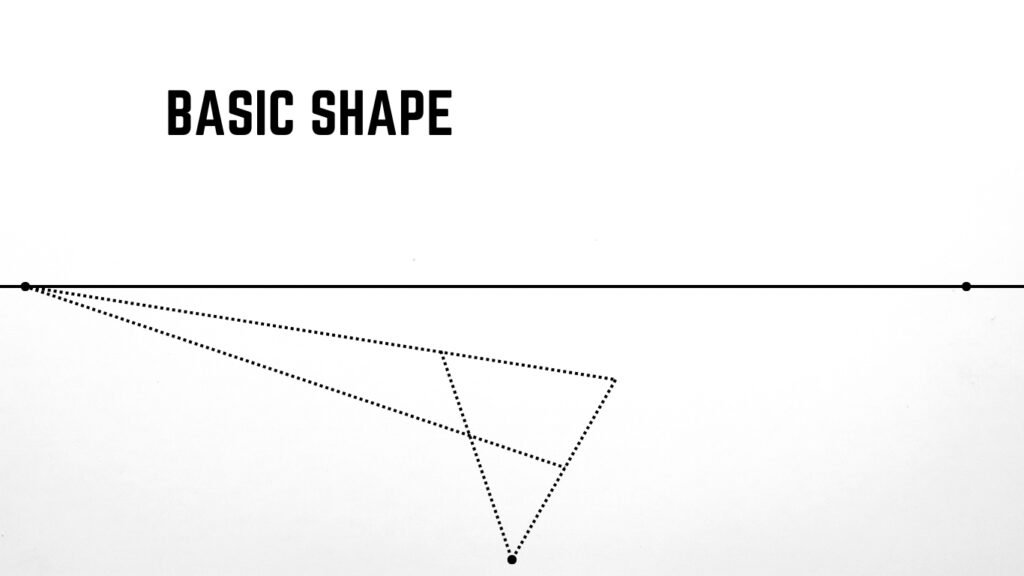
Step 4: Refine Your Shapes
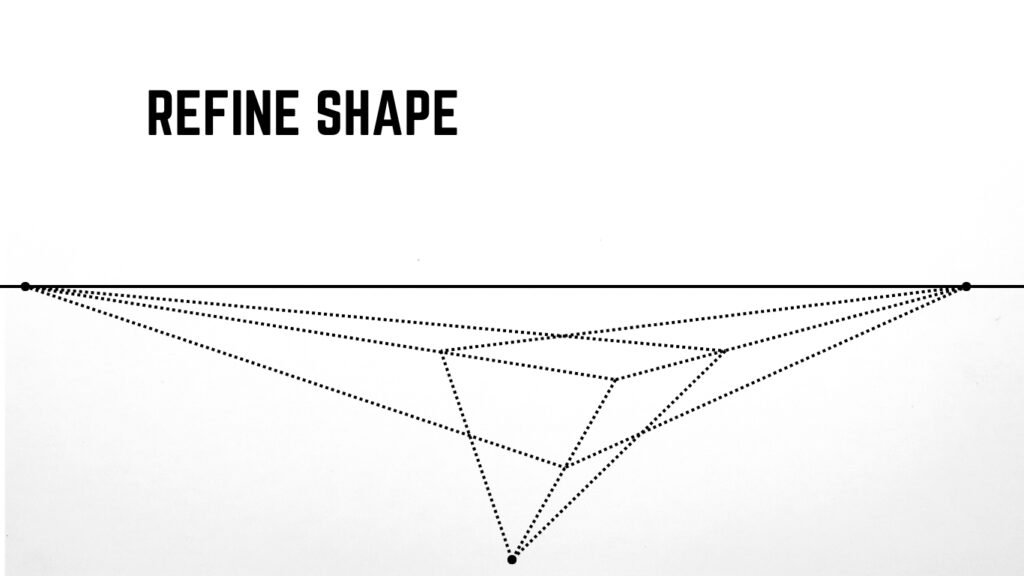
- Once you have the basic outlines, refine the shapes to make them look more realistic. Ensure all lines converge accurately to their respective vanishing points.
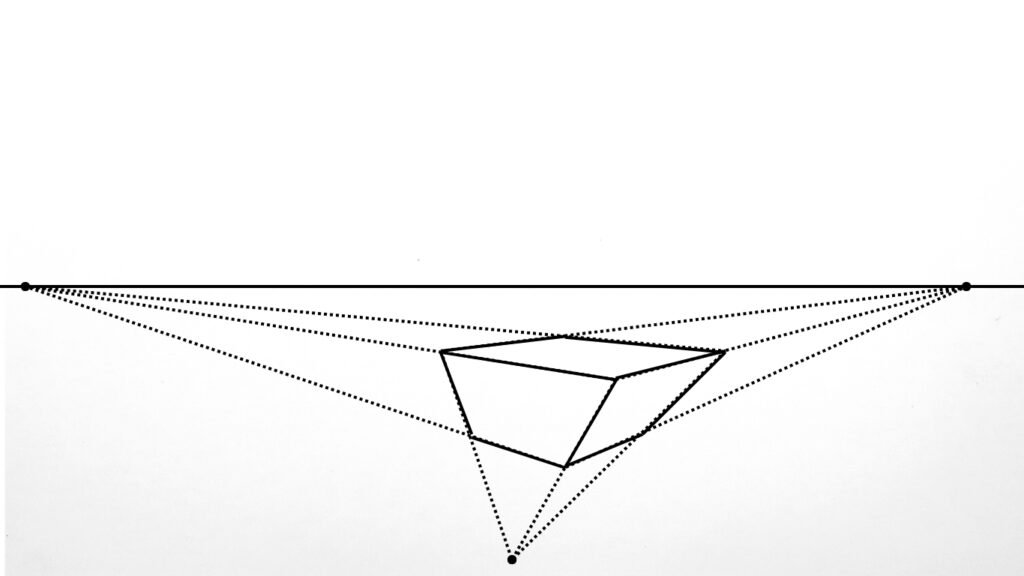
Step 5: Add Details
- After refining the basic structure, add details and textures. Keep referring to the vanishing points to maintain the perspective.
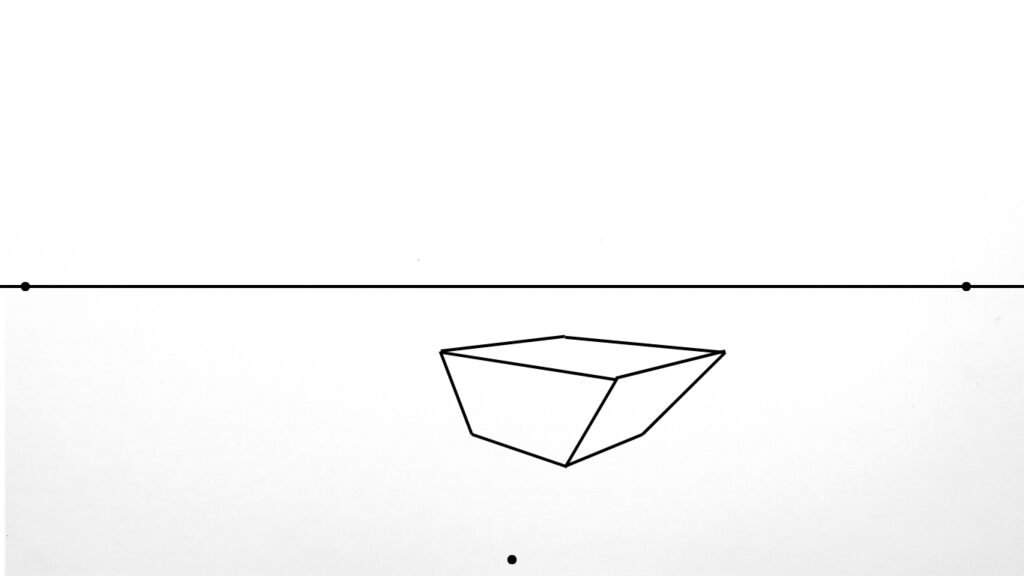
Practical Exercise For Mastery
Practicing three-point perspective can significantly improve your understanding and skill. Here are a few exercises to help you get started:
Skyscraper Challenge:
- Draw a simple cityscape with towering skyscrapers using three-point perspective.
- Start by setting your horizon line and vanishing points.
- Sketch basic rectangular shapes for the buildings, ensuring all lines converge towards the vanishing points.
- Add details like windows and balconies, maintaining consistent perspective.

Bird’s Eye Room:
- Depict a room from a bird’s eye view.
- Place the third vanishing point below the horizon line to simulate looking down.
- Include furniture and decor, ensuring all vertical lines converge to the lower vanishing point.
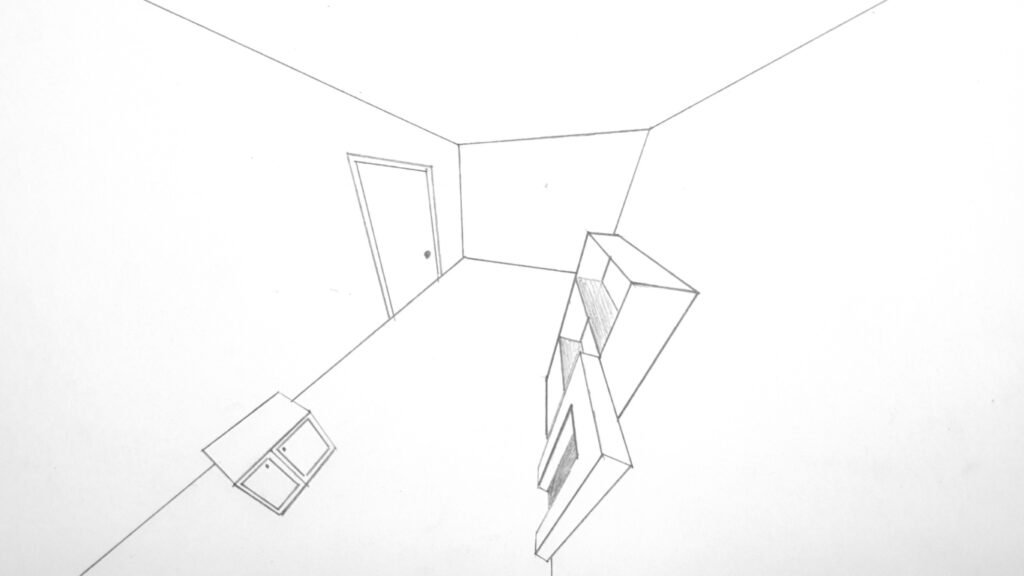
Towering Tree:
- Draw a tall tree using the worm’s eye view.
- Position the third vanishing point high above the horizon line.
- Add branches and leaves, ensuring the trunk and major branches converge towards the upper vanishing point.
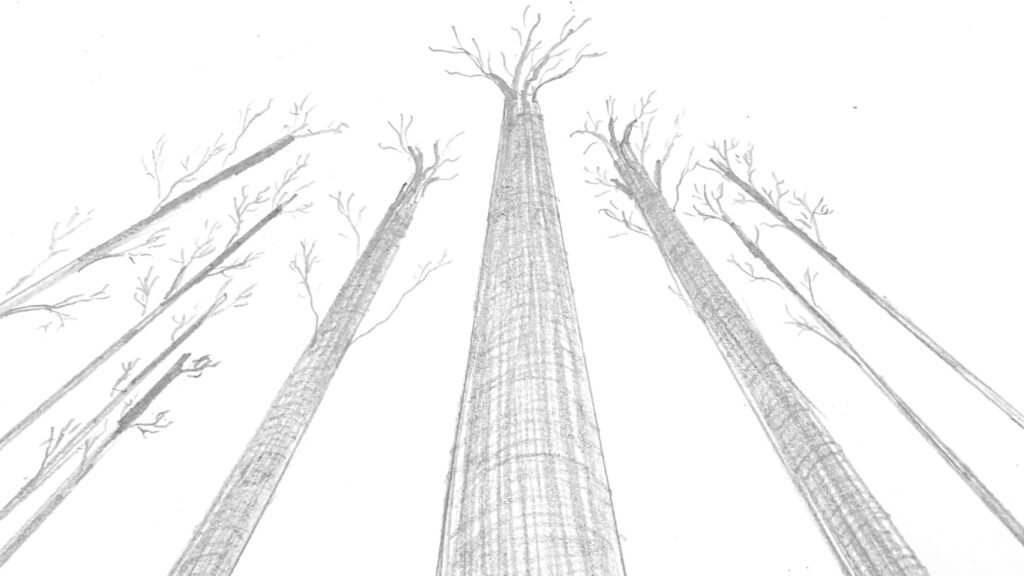
Bridges and Overpasses:
- Illustrate a large bridge or overpass using three-point perspective.
- Position the horizon line and two vanishing points to define the road structure.
- Use the third vanishing point to emphasize the height of the bridge’s pillars and supports.
- Add details such as railings, lights, and surrounding landscape elements to enhance realism.
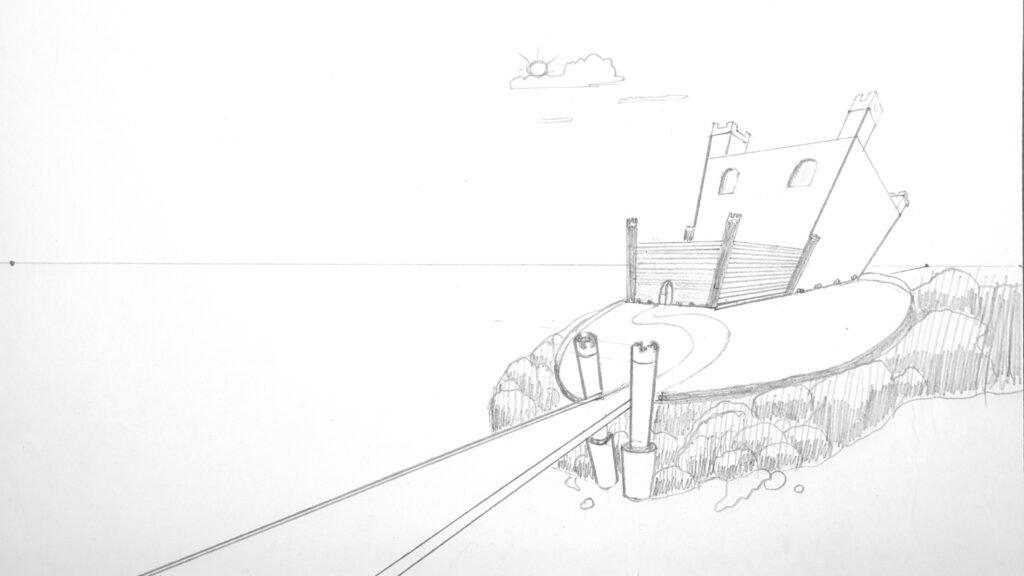
Detailed Example
Let’s walk through a detailed example to illustrate the process of drawing a complex scene using three-point perspective.
Drawing a Skyscraper Scene
Establish the Horizon Line and Vanishing Points:
- Draw a horizon line across the centre of your paper.
- Place two vanishing points at either end of the horizon line.
- Position the third vanishing point high above the horizon to simulate a worm’s eye view.
Outline the Skyscraper:
- Sketch a basic rectangular outline for your skyscraper.
- Extend the vertical lines from the corners of the rectangle to the upper vanishing point.
- Connect the top edges of the skyscraper to the horizontal vanishing points.
Refine the Structure:
- Add horizontal divisions to the skyscraper for each floor, converging them towards the side vanishing points.
- Ensure that all vertical lines converge towards the upper vanishing point to maintain a consistent perspective.
Add Architectural Details:
- Sketch windows, balconies, and other architectural elements, aligning them with the vanishing points.
- Add textures such as brickwork or glass reflections to enhance realism.
Incorporate Surroundings:
- Draw adjacent buildings, following the same vanishing points to create a cohesive cityscape.
- Add street elements like lampposts, cars, and pedestrians, ensuring they also follow the perspective rules.

Challenges and Solutions
Learning three-point perspective can be challenging, but with persistence, these difficulties can be overcome.
- Challenge: Maintaining consistent vanishing points across complex scenes.
- Solution: Use a larger workspace and draw faint guidelines from each vanishing point to help maintain accuracy.
- Challenge: Converging vertical lines can sometimes distort the object’s shape.
- Solution: Double-check the alignment of vertical lines to the third vanishing point regularly and adjust as necessary.
- Challenge: Balancing detail with perspective accuracy.
- Solution: Start with basic shapes and gradually add details, checking the perspective alignment at each stage.
Why Learn Three-Point Perspective?
Mastering three-point perspective opens up a world of possibilities in your artwork:
- Realism: Adds depth and dimension, making scenes more lifelike.
- Dynamic Compositions: Creates striking visuals that captivate viewers.
- Versatility: Useful for various scenes, from towering cityscapes to expansive interiors.
Conclusion
Three-point perspective is an invaluable tool for artists aiming to add a dramatic sense of depth to their work. With practice, it becomes an intuitive part of the drawing process, enhancing both simple and complex compositions. Remember, the key is to start simple, practice consistently, and gradually move to more intricate designs. Embrace the challenge and watch your artistic skills soar to new heights.
